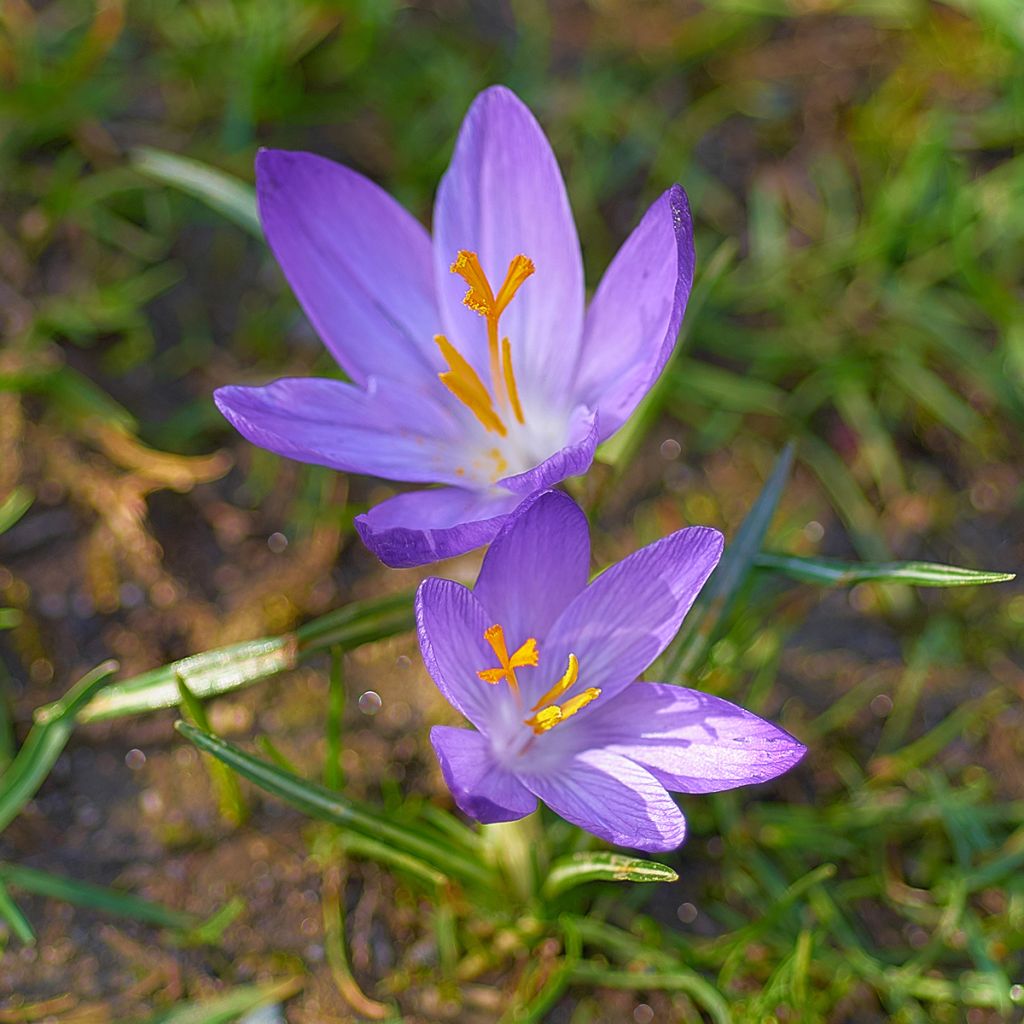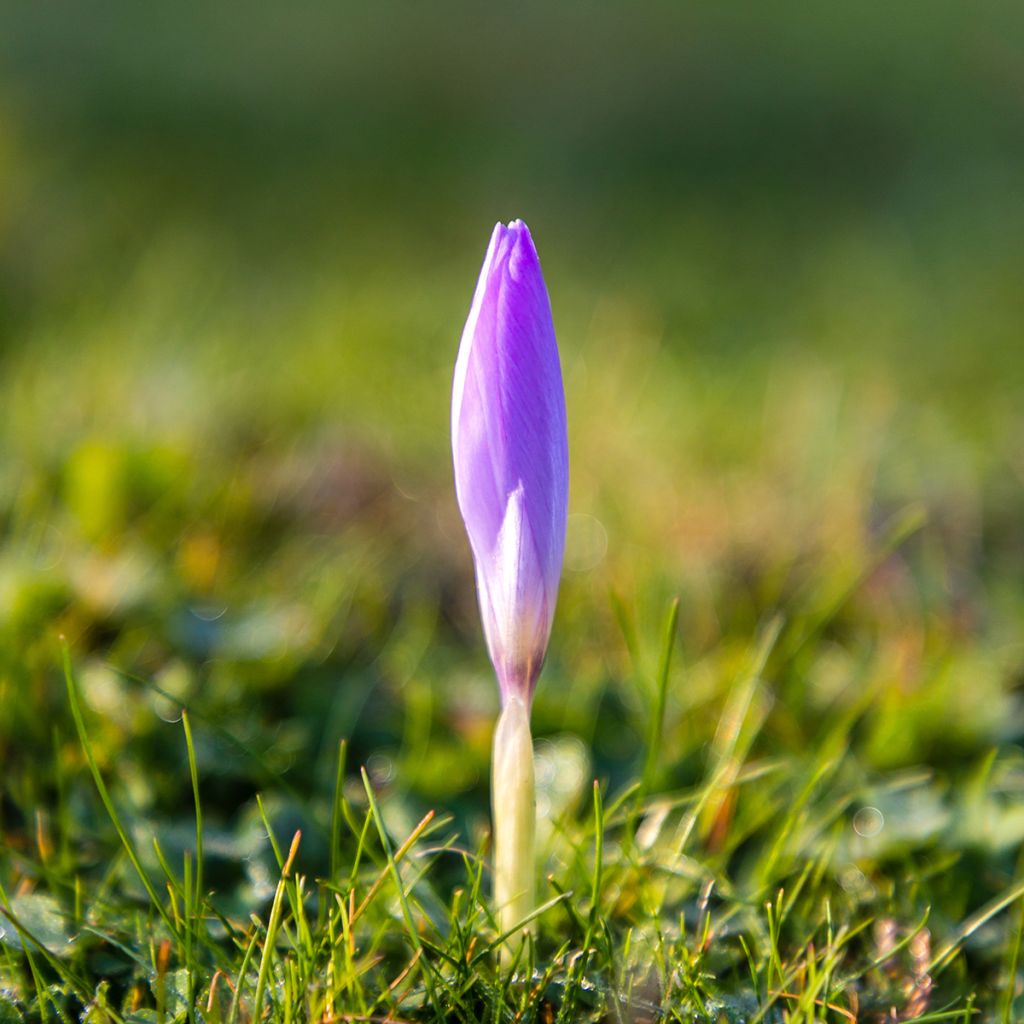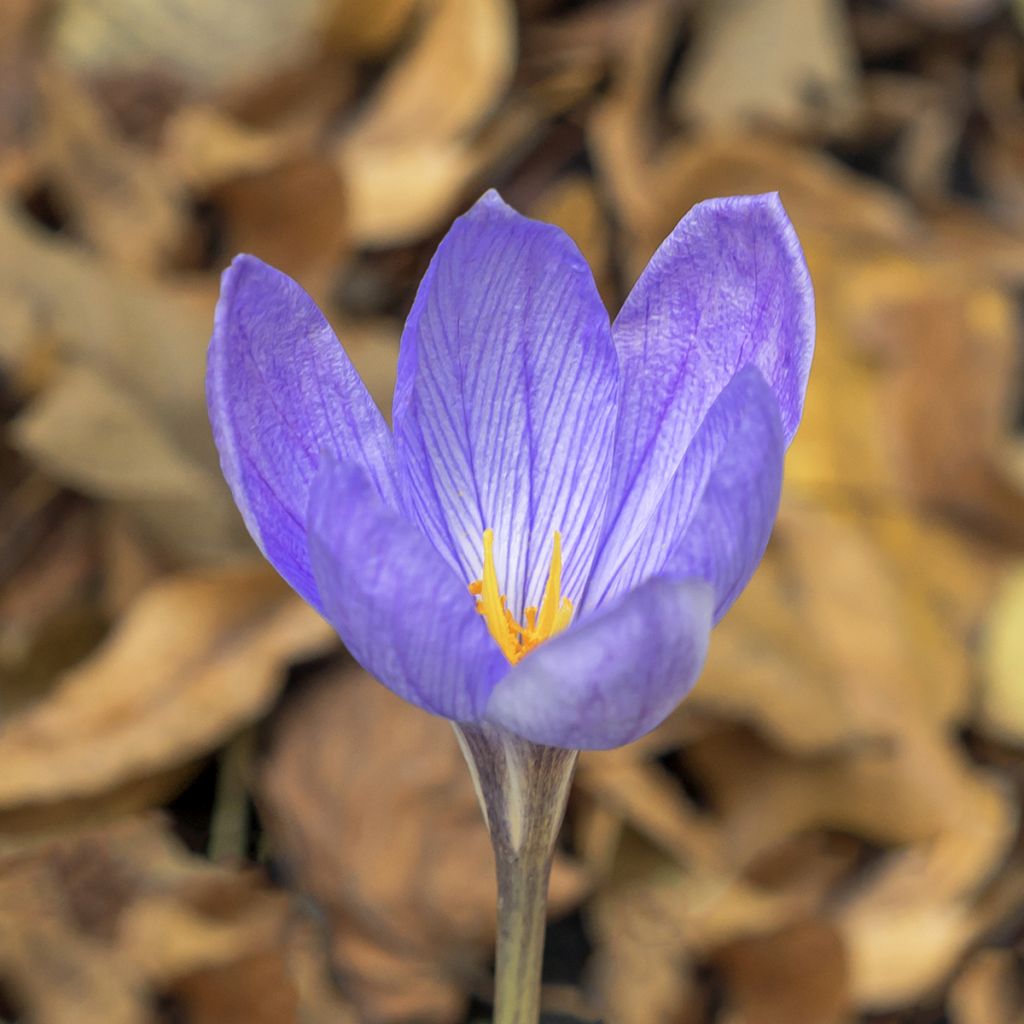Plantfit
Log in / Register
Existing customer?
New customer?
Create an account to track your orders, access our customer service and, if you wish, make the most of our upcoming offers.
My Account
Hello
Shipping country and language
Your country of residence may be:
For a better user experience on our website, you can select:
Your shipping country:
Andorra
Austria
Belgium
Bulgaria
Croatia
Czechia
Denmark
Estonia
Finland
France
Germany
Greece
Hungary
Iceland
Ireland
Italy
Latvia
Lithuania
Luxembourg
Monaco
Netherlands
Poland
Portugal
Romania
Slovakia
Slovenia
Spain
Sweden
Switzerland
Language:
French
English


Crocus ligusticus


Crocus ligusticus


Crocus ligusticus
Crocus ligusticus
Crocus ligusticus
Thanks to the individuals (for order preparation and shipping), the bulbs I received seem healthy. Planted along the pathway, I am now patiently awaiting their growth... (or not?)
Thierry, 21/08/2023
Order in the next for dispatch today!
Dispatch by letter from 3,90 €.
Delivery charge from 5,90 € Oversize package delivery charge from 6,90 €.
More information
This item is not available in your country.
Shipping country:
 Andorra
Andorra Austria
Austria Belgium
Belgium Bulgaria
Bulgaria Croatia
Croatia Czechia
Czechia Denmark
Denmark Estonia
Estonia Finland
Finland France
France Germany
Germany Greece
Greece Hungary
Hungary Iceland
Iceland Ireland
Ireland Italy
Italy Latvia
Latvia Lithuania
Lithuania Luxembourg
Luxembourg Monaco
Monaco Netherlands
Netherlands Poland
Poland Portugal
Portugal Romania
Romania Slovakia
Slovakia Slovenia
Slovenia Spain
Spain Sweden
Sweden Switzerland
SwitzerlandSelect delivery date,
and select date in basket
This plant carries a 6 months recovery warranty
More information
We guarantee the quality of our plants for a full growing cycle, and will replace at our expense any plant that fails to recover under normal climatic and planting conditions.
From 5,90 € for pickup delivery and 6,90 € for home delivery
Non-EU destinations: delivery charges according to weight of consignment. .
Express home delivery from 8,90 €.
Would this plant suit my garden?
Set up your Plantfit profile →
Description
Crocus ligusticus or Ligurian Crocus is a perennial botanical bulbous plant from southeastern France, whose beauty is equal to horticultural varieties. The thin and elongated leaves are fully developed in May. The flowers appear in September. The simple corollas have a charming violet-lilac hue, contrasting with bright yellow anthers. The finely divided pistil with orange stigmas catches the eye. This bulbous plant should be planted in well-draining soil and in sunny exposure in climates that are not too cold.
Crocus ligusticus, also known as Ligurian Saffron, is a member of the Iridaceae botanical family, which includes more than 1700 species. The other best-known genera are iris, gladiolus, crocosmia, and freesia. This wild crocus is native to Liguria (from which it derives its species name in Latin), a small Italian region whose coastal part is known as the Riviera. It is also found in the Alpes-Maritimes. In nature, it is mainly found in pine forests, pastures, and scrubland, at low and medium altitudes (approximately 400 to 1500m (1312 to 4921ft)). It is a rare species, protected in the Provence-Alpes-Côte d'Azur region (classified as vulnerable), which grows in full sun or under light shade.
Crocus is classified as a bulbous plant, but its storage organ is actually a corm (a swollen stem surrounded by scales) which, in C. ligusticus, measures 2 to 2.5cm (1in) in diameter. In spring, it generally produces 2 to 3 very narrow and elongated leaves, reaching a maximum length of 30cm (12in). They are medium green, flexible, and resemble grass leaves. The flowering appears in autumn, between September and November, sometimes even December, in the form of a solitary single corolla with six tepals (petals and sepals of similar morphology). The 5 to 6cm (2in) diameter flowers are carried by a peduncle about 10cm (4in) long. The blooms take on a colour ranging from mauve to violet and lilac. The 3 stamens present in the centre end in yellow anthers that blend beautifully with the colour of the tepals. The aesthetics of this flower are further enhanced by the central pistil, which separates into laciniate stigmas, forming a small plume of bright orange. Both striking and colourful, the flowering is truly ornamental and particularly interesting in the autumn season.
As a native wild species, Crocus ligusticus is truly decorative, both for its flowering, which is completely different from most bulbous plants, and for the beauty of its flower. Its small size means it can be grown in containers. In the ground, you can create mass effects by planting it in groups. Plant it in full sun in front of a mass of shrubs and perennials, or possibly at the edge of small trees, under which you can plant white Naples cyclamen. The cyclamen will bear its graceful flowers a little earlier than those of the crocus, and some may even coexist for a while, creating a lovely scene. To stay in a wildflower spirit and extend the flowering period, opt for early-flowering crocus, such as the very pretty Crocus korolkowii, which will reward you with star-shaped yellow flowers in February-March. In the background of these low-growing plants, position some shrubs with spring and summer flowering, such as spireas or shrubby potentillas, and you will easily achieve a flower bed that blooms almost all year round.
Crocus ligusticus in pictures


Plant habit
Flowering
Foliage
Safety measures
Botanical data
Crocus
ligusticus
Iridaceae
Mediterranean
ingestion
Cette plante est toxique si elle est ingérée volontairement ou involontairement.
Ne la plantez pas là où de jeunes enfants peuvent évoluer, et lavez-vous les mains après l'avoir manipulée.
Pensez à conserver l'étiquette de la plante, à la photographier ou à noter son nom, afin de faciliter le travail des professionnels de santé.
Davantage d'informations sur https://plantes-risque.info
Planting and care
Plant in late summer, in well-drained soil. If your garden soil is too heavy, incorporate some sand during planting. Plant your bulbs in a warm, south or west-facing location, 10cm (4in) deep and spaced 5cm (2in) apart. The first cold weather will bring forth their flowers. They will faithfully return every year.
Planting period
Intended location
Care
- , onOrder confirmed
Reply from on Promesse de fleurs
Haven't found what you were looking for?
Hardiness is the lowest winter temperature a plant can endure without suffering serious damage or even dying. However, hardiness is affected by location (a sheltered area, such as a patio), protection (winter cover) and soil type (hardiness is improved by well-drained soil).

Photo Sharing Terms & Conditions
In order to encourage gardeners to interact and share their experiences, Promesse de fleurs offers various media enabling content to be uploaded onto its Site - in particular via the ‘Photo sharing’ module.
The User agrees to refrain from:
- Posting any content that is illegal, prejudicial, insulting, racist, inciteful to hatred, revisionist, contrary to public decency, that infringes on privacy or on the privacy rights of third parties, in particular the publicity rights of persons and goods, intellectual property rights, or the right to privacy.
- Submitting content on behalf of a third party;
- Impersonate the identity of a third party and/or publish any personal information about a third party;
In general, the User undertakes to refrain from any unethical behaviour.
All Content (in particular text, comments, files, images, photos, videos, creative works, etc.), which may be subject to property or intellectual property rights, image or other private rights, shall remain the property of the User, subject to the limited rights granted by the terms of the licence granted by Promesse de fleurs as stated below. Users are at liberty to publish or not to publish such Content on the Site, notably via the ‘Photo Sharing’ facility, and accept that this Content shall be made public and freely accessible, notably on the Internet.
Users further acknowledge, undertake to have ,and guarantee that they hold all necessary rights and permissions to publish such material on the Site, in particular with regard to the legislation in force pertaining to any privacy, property, intellectual property, image, or contractual rights, or rights of any other nature. By publishing such Content on the Site, Users acknowledge accepting full liability as publishers of the Content within the meaning of the law, and grant Promesse de fleurs, free of charge, an inclusive, worldwide licence for the said Content for the entire duration of its publication, including all reproduction, representation, up/downloading, displaying, performing, transmission, and storage rights.
Users also grant permission for their name to be linked to the Content and accept that this link may not always be made available.
By engaging in posting material, Users consent to their Content becoming automatically accessible on the Internet, in particular on other sites and/or blogs and/or web pages of the Promesse de fleurs site, including in particular social pages and the Promesse de fleurs catalogue.
Users may secure the removal of entrusted content free of charge by issuing a simple request via our contact form.
The flowering period indicated on our website applies to countries and regions located in USDA zone 8 (France, the United Kingdom, Ireland, the Netherlands, etc.)
It will vary according to where you live:
- In zones 9 to 10 (Italy, Spain, Greece, etc.), flowering will occur about 2 to 4 weeks earlier.
- In zones 6 to 7 (Germany, Poland, Slovenia, and lower mountainous regions), flowering will be delayed by 2 to 3 weeks.
- In zone 5 (Central Europe, Scandinavia), blooming will be delayed by 3 to 5 weeks.
In temperate climates, pruning of spring-flowering shrubs (forsythia, spireas, etc.) should be done just after flowering.
Pruning of summer-flowering shrubs (Indian Lilac, Perovskia, etc.) can be done in winter or spring.
In cold regions as well as with frost-sensitive plants, avoid pruning too early when severe frosts may still occur.
The planting period indicated on our website applies to countries and regions located in USDA zone 8 (France, United Kingdom, Ireland, Netherlands).
It will vary according to where you live:
- In Mediterranean zones (Marseille, Madrid, Milan, etc.), autumn and winter are the best planting periods.
- In continental zones (Strasbourg, Munich, Vienna, etc.), delay planting by 2 to 3 weeks in spring and bring it forward by 2 to 4 weeks in autumn.
- In mountainous regions (the Alps, Pyrenees, Carpathians, etc.), it is best to plant in late spring (May-June) or late summer (August-September).
The harvesting period indicated on our website applies to countries and regions in USDA zone 8 (France, England, Ireland, the Netherlands).
In colder areas (Scandinavia, Poland, Austria...) fruit and vegetable harvests are likely to be delayed by 3-4 weeks.
In warmer areas (Italy, Spain, Greece, etc.), harvesting will probably take place earlier, depending on weather conditions.
The sowing periods indicated on our website apply to countries and regions within USDA Zone 8 (France, UK, Ireland, Netherlands).
In colder areas (Scandinavia, Poland, Austria...), delay any outdoor sowing by 3-4 weeks, or sow under glass.
In warmer climes (Italy, Spain, Greece, etc.), bring outdoor sowing forward by a few weeks.